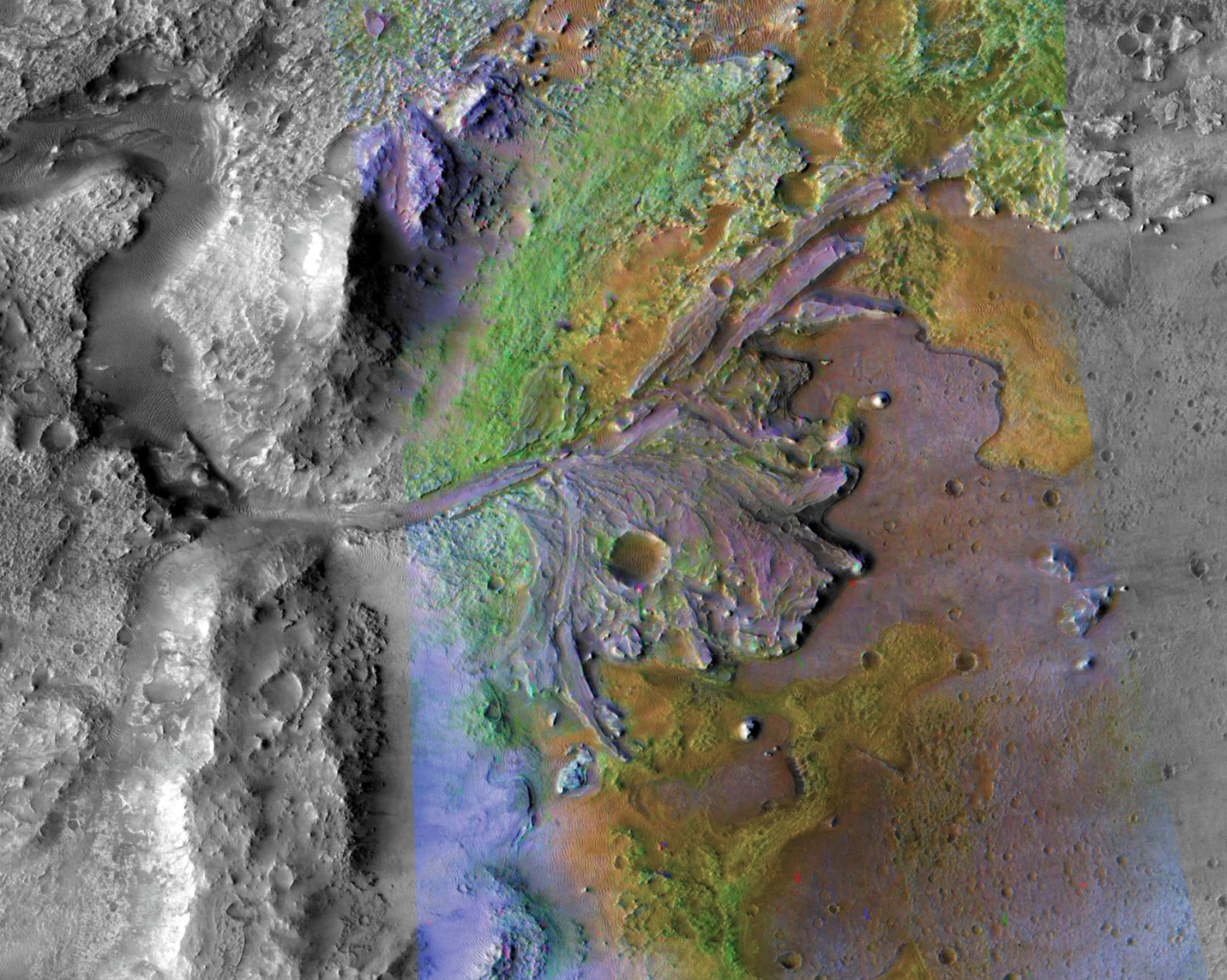Five years and 60 potential locations later, NASA has chosen the Jezero Crater as the landing site for its Mars 2020 rover mission.
Slated to launch in July, the Mars 2020 rover mission will touch down at the Jezero Crater as NASA’s exploration of the Red Planet enters its next phase.
The rover will be looking for signs of habitable conditions — and past microbial life — while also collecting rock and soil samples that will be stored in a cache on the Martian surface.
Alongside the European Space Agency, NASA is already studying future missions that will allow the agencies to retrieve the samples and return them to earth. According to NASA, this new landing is the first step of a planned decade-long exploration of Mars.
“The landing site in Jezero Crater offers geologically rich terrain, with landforms reaching as far back as 3.6 billion years old, that could potentially answer important questions in planetary evolution and astrobiology,” said Thomas Zurbuchen, associate administrator for NASA’s Science Mission Directorate, in a statement. “Getting samples from this unique area will revolutionize how we think about Mars and its ability to harbor life.”
The crater is located on the western edge of Isidis Planitia, a giant impact basin just north of the Martian equator, with some of the oldest and most scientifically interesting landscapes Mars has to offer, according to NASA scientists.
Mission scientists believe the 28-mile-wide crater once held an ancient river delta, and could have collected and preserved organic molecules and other potential signs of microbial life from the water and sediments that flowed into the crater.
Source: techcrunch
Ask me anything
Explore related questions





